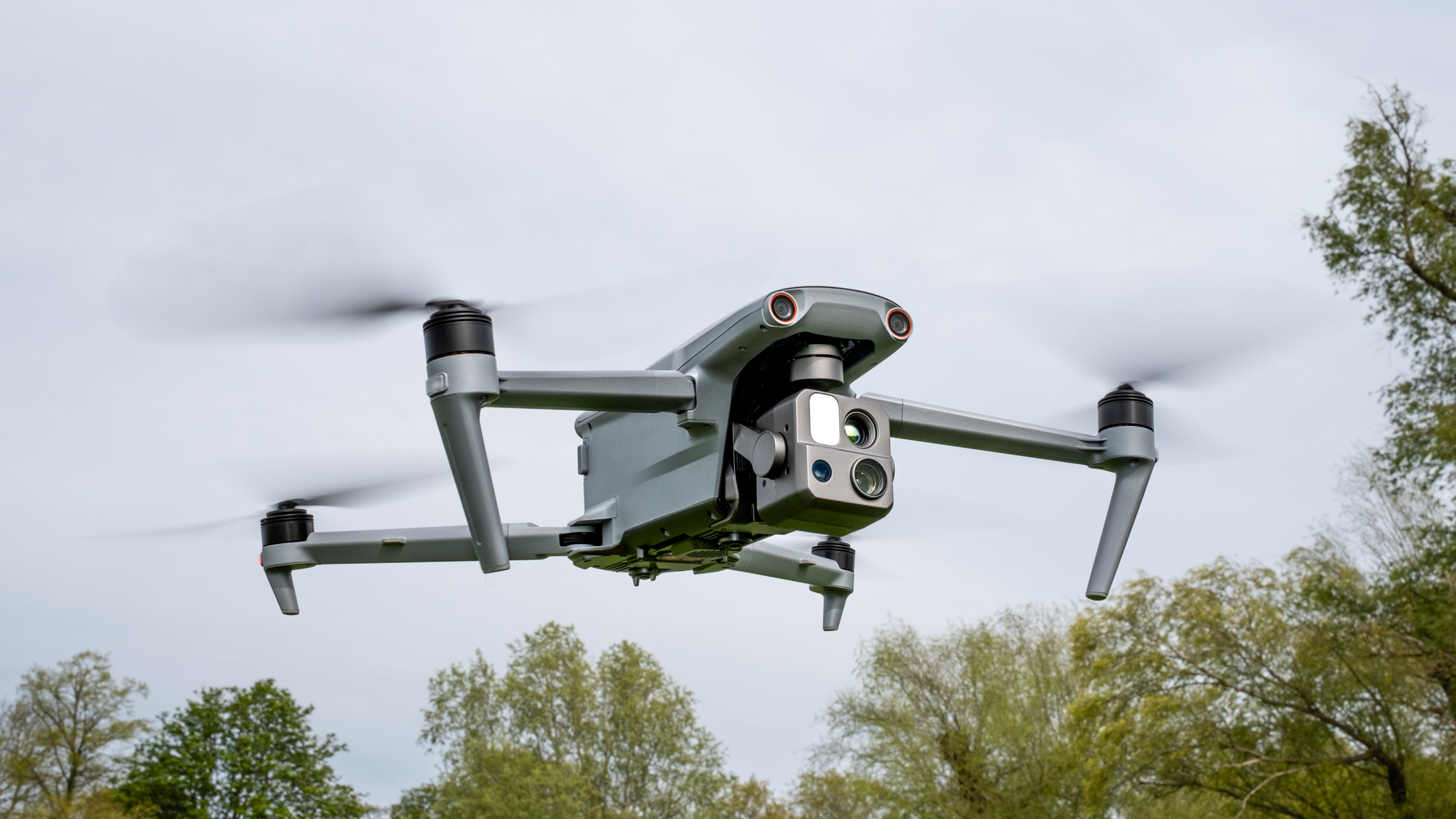
Not all drones are made equal. Although it’s natural to assume that most models are essentially the same when so many consumer drones blur the line between professional and consumer operation, some models are aimed purely at specialist professionals. The Autel EVO Max 4T is an enterprise drone designed for use by emergency services, search & rescue and mapping/surveying. It looks similar to medium-size consumer models with a folding design and can capture photos and videos using three cameras: a wide-angle, a zoom and a thermal camera alongside a Laser Rangefinder for providing coordinates of a defined point.
I’ve flown and reviewed most of the consumer drones released in the past 10 years, alongside the high-end DJI Inspire 3, but I have to confess that when I had my first test flight with the Max 4T I was a little intimated. Sure, it flies like any other camera drone and getting it up and into the air to capture photos and videos was easy enough, but it was just the sheer amount of options available on the huge smart controller that made it appear much more complicated than it is.
As a professional or enterprise drone, the Max 4T is surprisingly easy to use so Autel has done an incredible job here. But while this point is the case, it’s also not particularly intuitive so there’s no getting around watching a few tutorial videos and reading some of the instruction manual. 30 minutes tops, and you’ll have a firm grasp of how to navigate the impressive features on offer. And if you do happen to work in law enforcement, search & rescue or aerial surveying, you’ll undoubtedly be impressed.
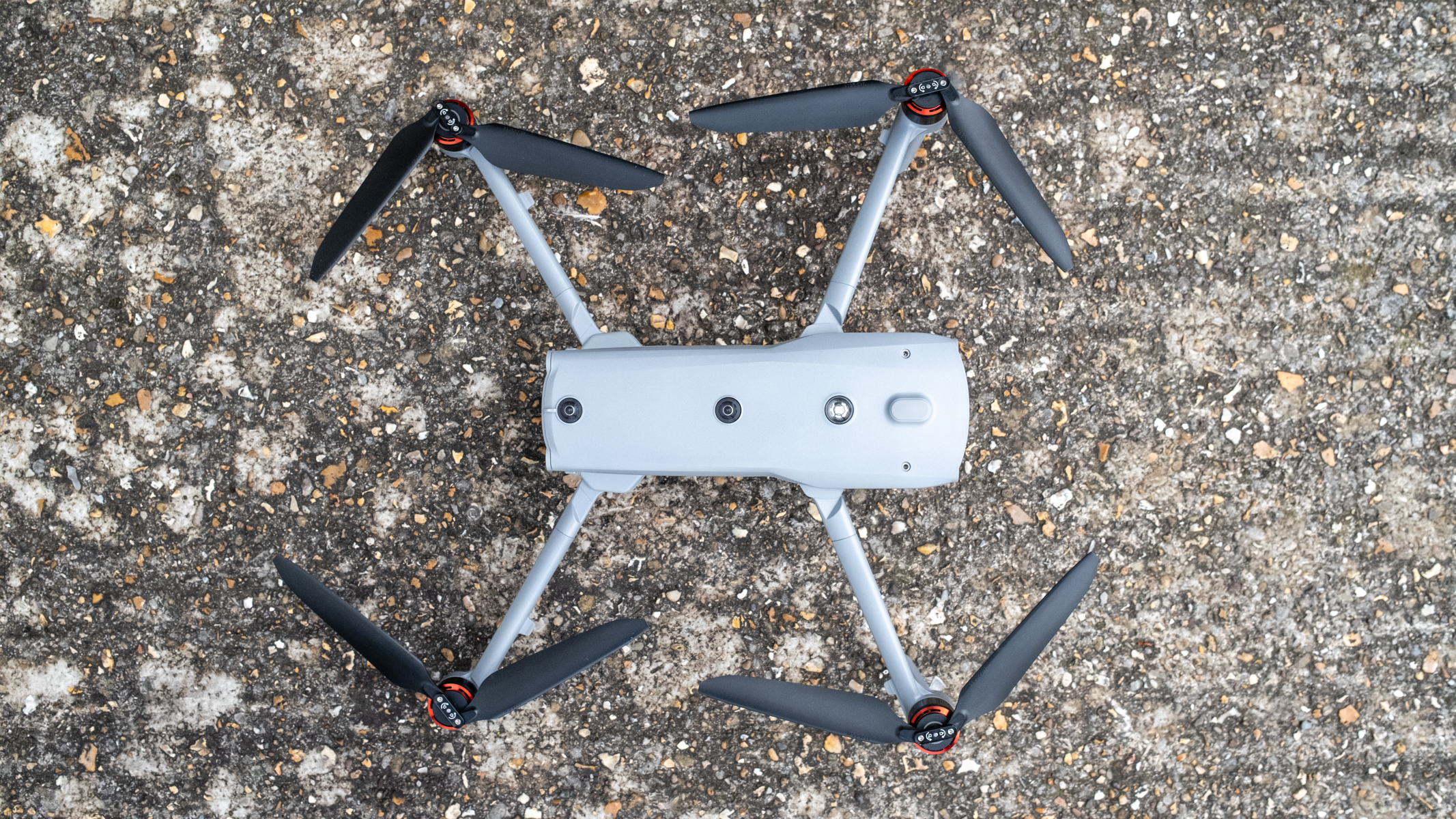
Autel EVO Max 4T: Specs
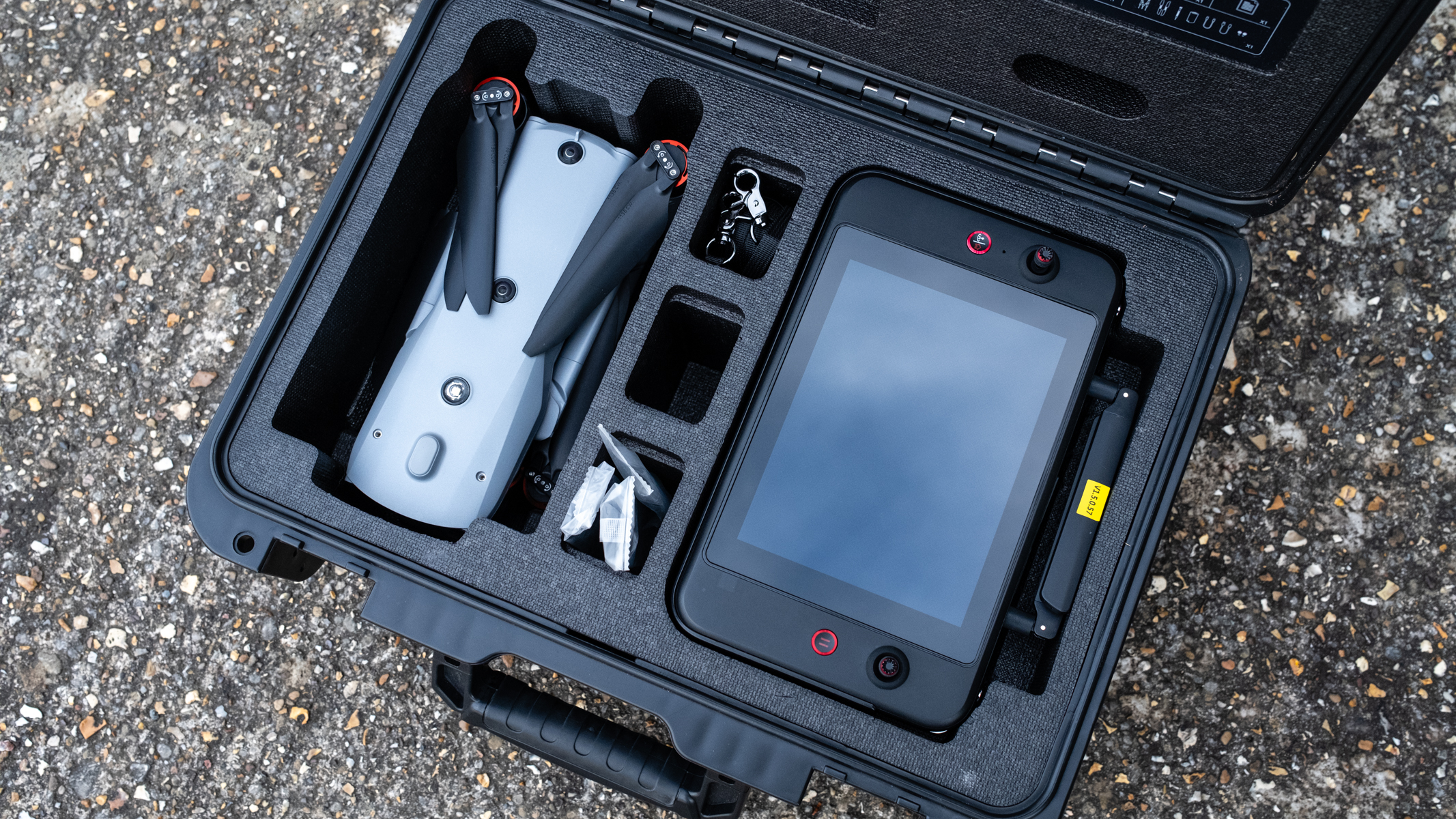
Autel EVO Max 4T: Price
Being a high-end professional drone, the Max 4T is expensive compared to consumer models but comes in at a competitive price of $8999 / £7959 for an enterprise model. The kit includes the EVO Max 4T, an Autel Smart Controller V3, a smart controller neck strap, a charger for drone batteries and a charger for the controller, a set of propellers, two spare propellers, a rugged case and other accessories.
With only one battery in the kit, additional batteries have to be purchased separately and cost $300 / £309 each. If you’re an aerial surveyor, the Autel Mapper software makes light work of creating stitched images and 3D models. It comes with an initial three-month free trial, but beyond this, a monthly license costs $149, yearly is $1499 while a perpetual license will set you back $3599 and offers the best value for money.
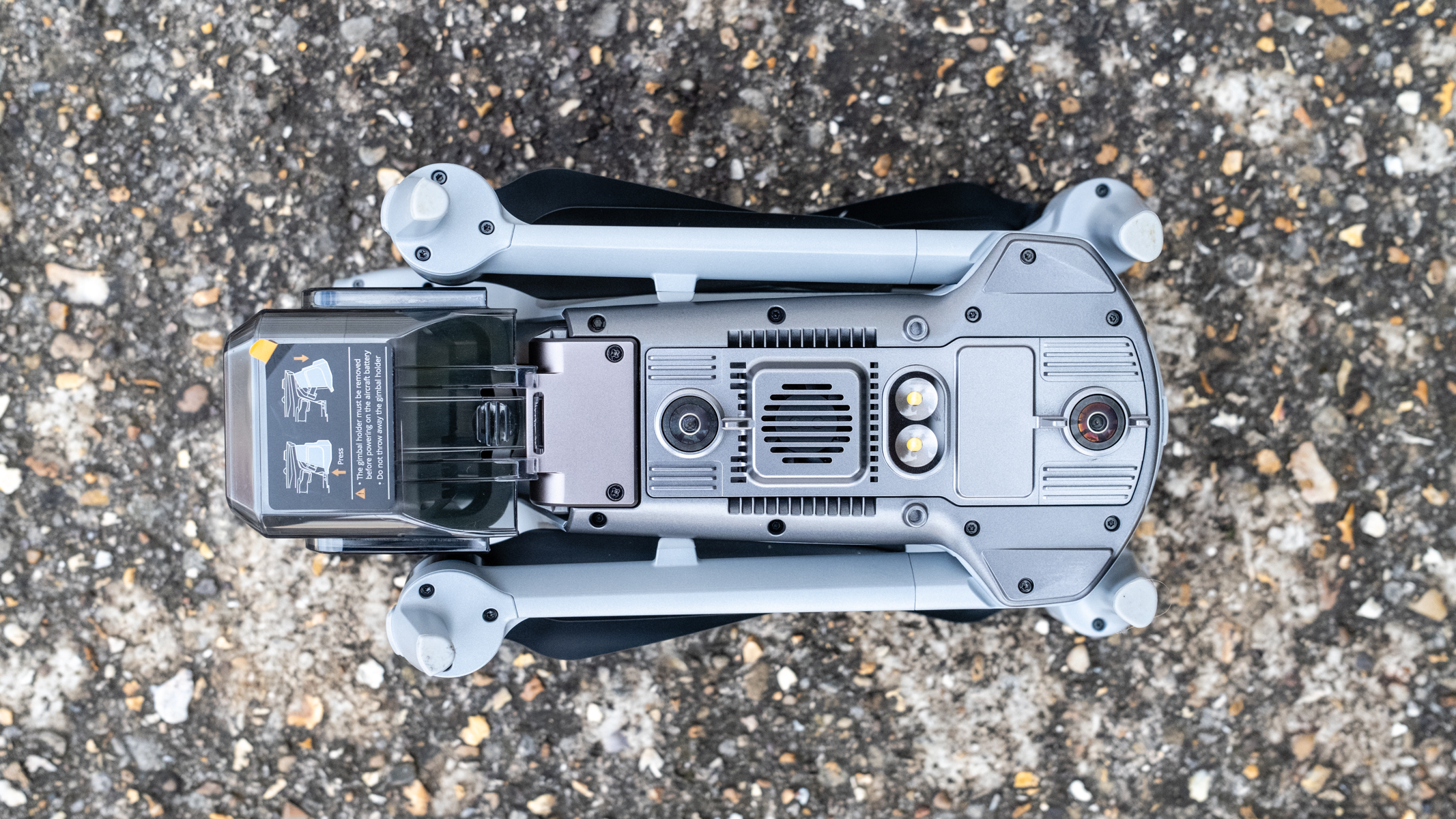
Autel EVO Max 4T: Build and handling
The Max 4T is a beast at 3.57lbs / 1620g with a folded size of 10.1 x 5.71 x 5.16 in / 257 x 145 x 131mm and an unfolded size of 12.52 x 15.75 x 5.79 in / 318 x 400 x 147 mm, excluding propellers. Think of a DJI Mavic 3 Pro or an Autel EVO Lite+ on steroids. Thanks to the folding design, the Max 4T is easy to transport and can be deployed in around 30 seconds making it ideal for time-critical situations and there’s even a built-in strobe for low-light operations.
The battery has an 8070 mAh capacity to provide the power to lift the drone and allow it to achieve speeds of up to 51mph in Ludicrous mode (42 mph in EU regions), with a maximum wind resistance of 27mph. It’s advertised to provide up to 42 minutes of flight, although during testing the Max 4T was flown in wind gusts of well over 20mph and the battery typically lasted around 26 minutes each time in these conditions so longer flight times appear possible in more favourable conditions. The Max 4T also supports battery (and controller) hot swapping.
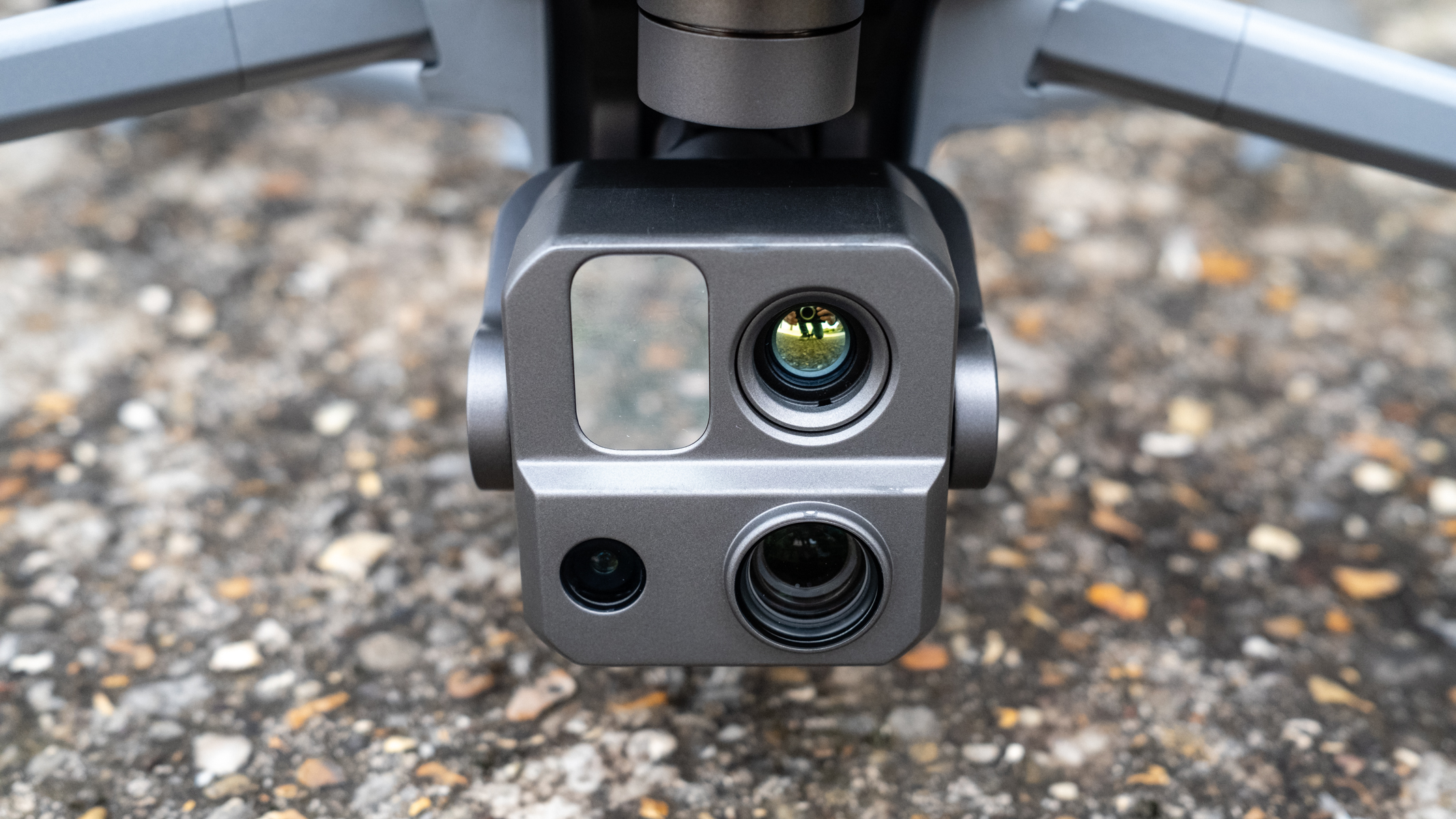
The most striking aspect of the drone is the camera and gimbal, which is home to a wide-angle camera, a zoom camera, a thermal camera and a Laser Rangefinder. This can be interchanged with the camera and gimbal from the EVO Max 4N, which is the night camera version of the drone. This is to allow pilots to enjoy the benefits of both cameras without having to purchase two separate drone kits and to mix and match as required, which is useful in a professional setting.
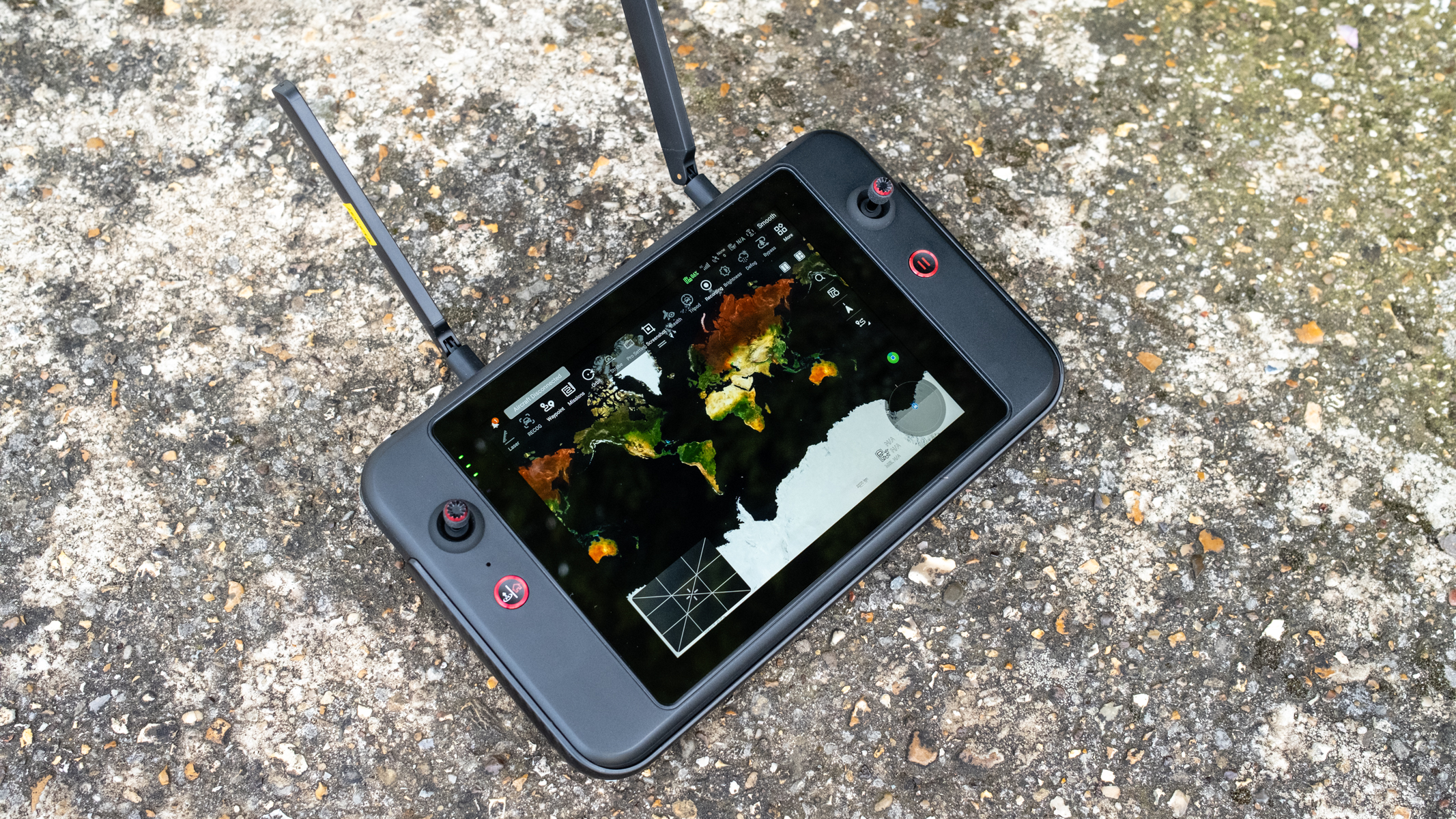
The Autel Smart Controller V3 is equally impressive and feature-packed, not to mention provides a stunning 7.9-inch touchscreen with a 2048x1536px resolution and 2000 nits brightness. The screen is home to a huge amount of customisable information and control options, and the high luminance makes it easily viewable in even bright sunlight without the need for a screen shade.
There’s no getting around the fact that the controller is quite large and heavy at 48oz /1361g, but this can be forgiven thanks to the generous screen. Plus, the controller is well-contoured and comfortable to hold with two rear hand grips, so the weight is evenly spread and you don’t notice the overall weight even when held for long periods. Battery life is advertised at up to 4.5 hours on a full charge, which is enough for six drone batteries at the advertised maximum flight time.
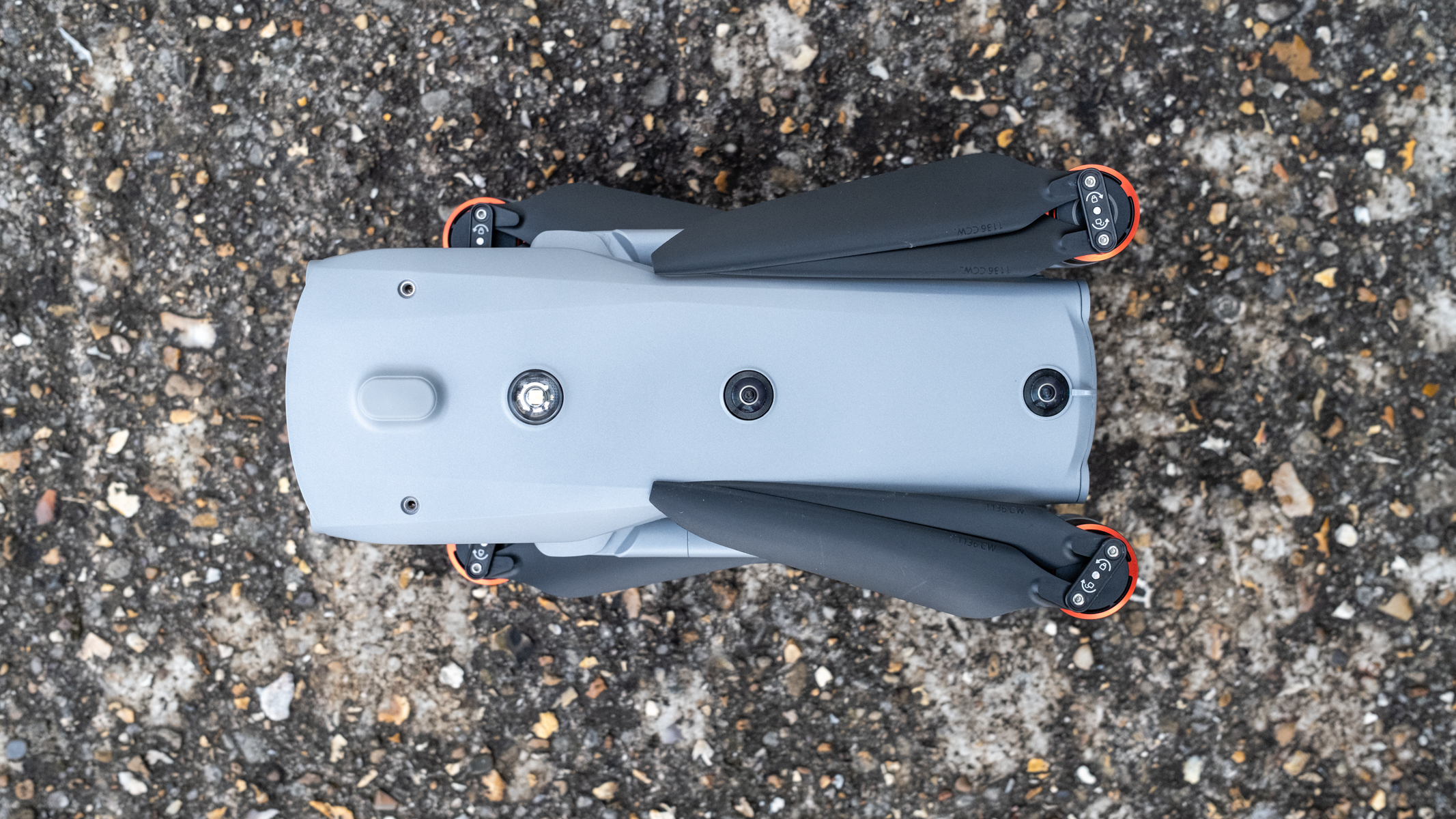
Autel EVO Max 4T: Fight performance & features
Flight performance is impressive with plenty of power available and, indeed, agility to perform fast and precise manoeuvres when necessary. The Max 4T was flown in gusts of well over 30mph despite the advertised maximum wind resistance of 27mph, and it showed issues whatsoever. Plus, with IP43 dust and water resistance, the drone can be safely flown in light rain which is incredibly useful for law enforcement and search & rescue.
The Max 4T is packed with high-end technology including advanced obstacle avoidance with front, top, rear and downward-facing binocular vision sensors in combination with millimeter wave radio technology. This provides what Autel calls ‘720° obstacle detection’ which can be set to stop the drone when an obstacle is detected or to bypass it for continuous flight. This works incredibly well to provide confidence in complex environments, and the Max 4T can even perform successfully in locations where a GPS is unavailable thanks to its onboard sensors.
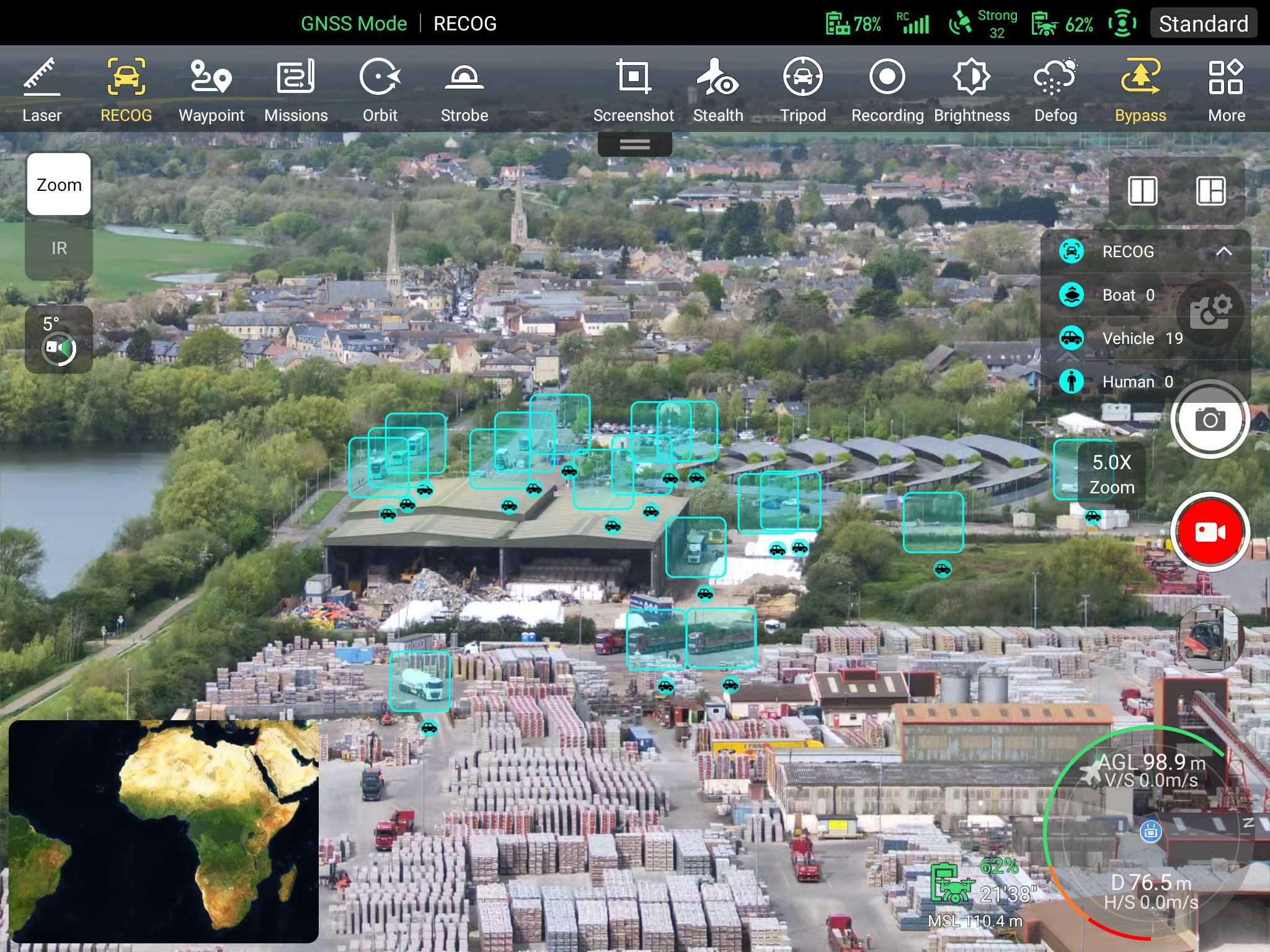
For sensitive operations, the Max 4T features anti-jam and anti-interference technology to counter RFI, EMI and GPS spoofing. Plus there’s encryption of the signal between the drone and controller, as well as the the image data captured and flight logs using AES-256 encryption. This means that even if the drone or controller falls into the wrong hands, sensitive information can be easily kept secure.
Being an enterprise solution, the Max 4T can be flown in multiples using a single controller. In this situation, using Autel’s A-Mesh system, the drones communicate with one another to avoid incursions and can be set to perform large-scale tasks in less time than a single aircraft. With this system, communication nodes can also be deployed to improve coverage over large areas, and drones can be ‘shared’ between controllers and pilots to maintain visual line of sight over long distances or in complex environments.
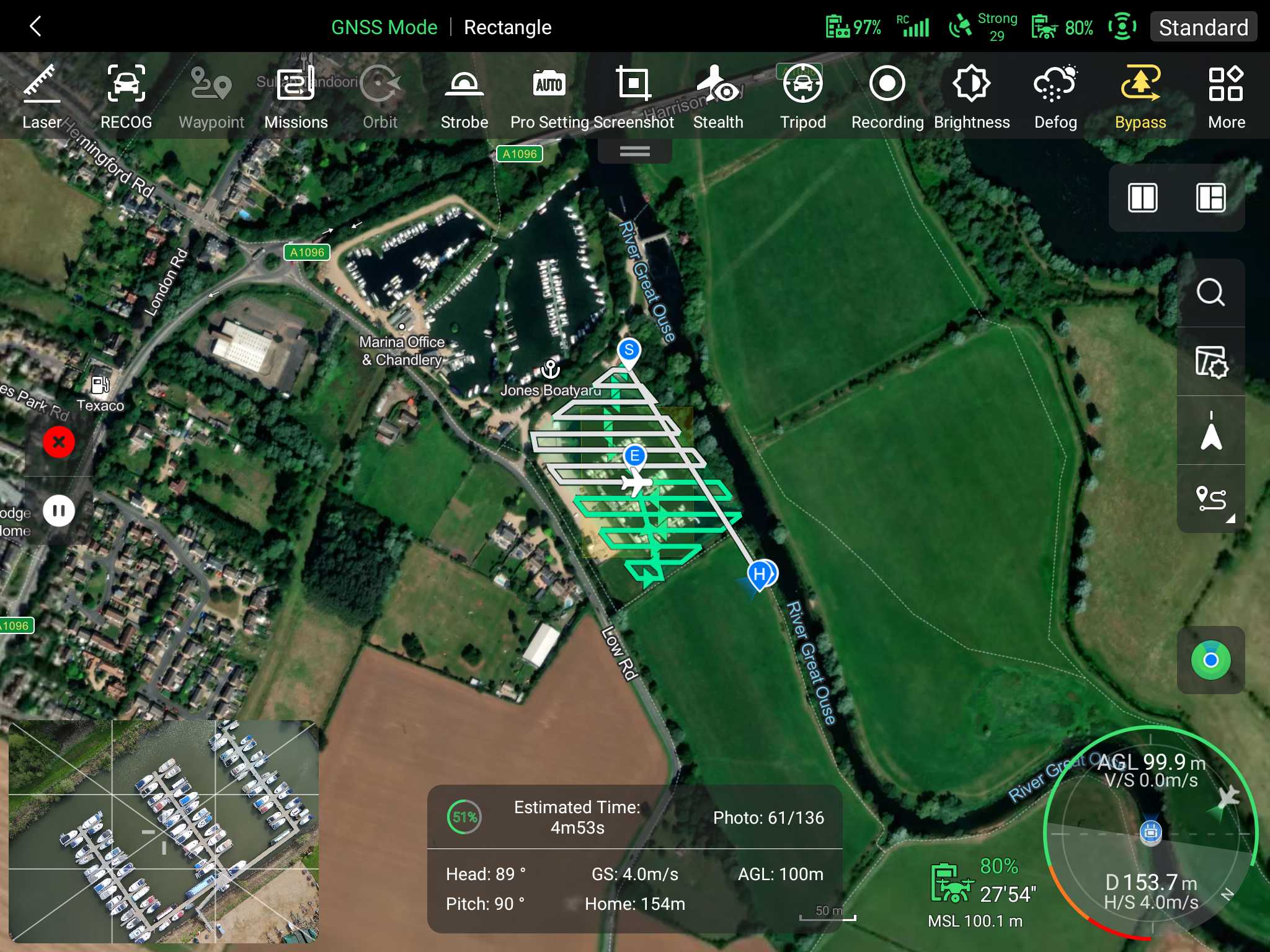
One of the most impressive features available is the astonishingly easy-to-set-up mission planning/mapping functionality. This, like the drone in general, is simple but not intuitive, so a quick tutorial is all it takes to get up to speed. The beauty of this feature is that missions can be planned in advance or on location using the smart controller, then executed and repeated if necessary.
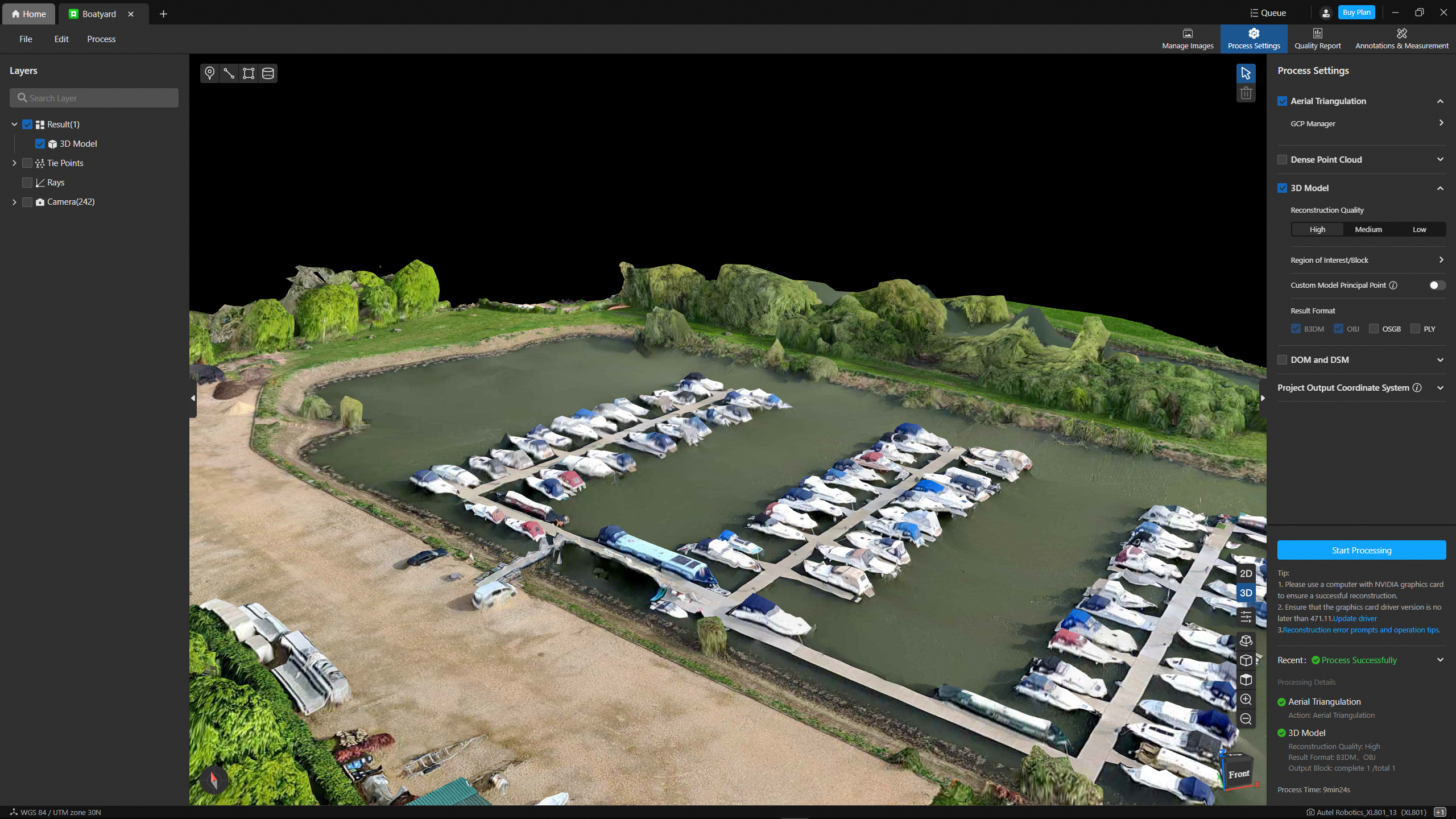
Once images have been captured, they can be combined in Autel Mapper or other 2D/3D aerial mapping and stitching software. Autel Mapper is software that generates 3D models from drone images captured during automated flight missions and is easy to use, but it comes at a cost once the initial three-month free trial period ends.
Here is what that looks like as a video clip.
Autel EVO Max 4T: Photo & video performance
The Max 4T produces decent-quality photos and videos in a 4:3 ratio. The settings available allow for manual control when required, but when flying mapping missions, for example, the camera works automatically to capture JPEGs for stitching in Autel Mapper or other similar software.
The image quality of photos is best in JPEG format, whereas Raw files in DNG format exhibit vignetting and generally require quite a lot of processing to match the in-camera processed JPEGs. Not to mention white balance behaves strangely in Adobe Lightroom. The video ratio and the processing required for Raw files would be an issue for professional photographers and videographers, but since the Max 4T isn’t aimed at these users it’s unlikely to be problematic; many professional drone pilots aren’t proficient with photo and video editing or simply don’t have the time, so a drone that provides decent straight out of camera image assets is a huge bonus for many.
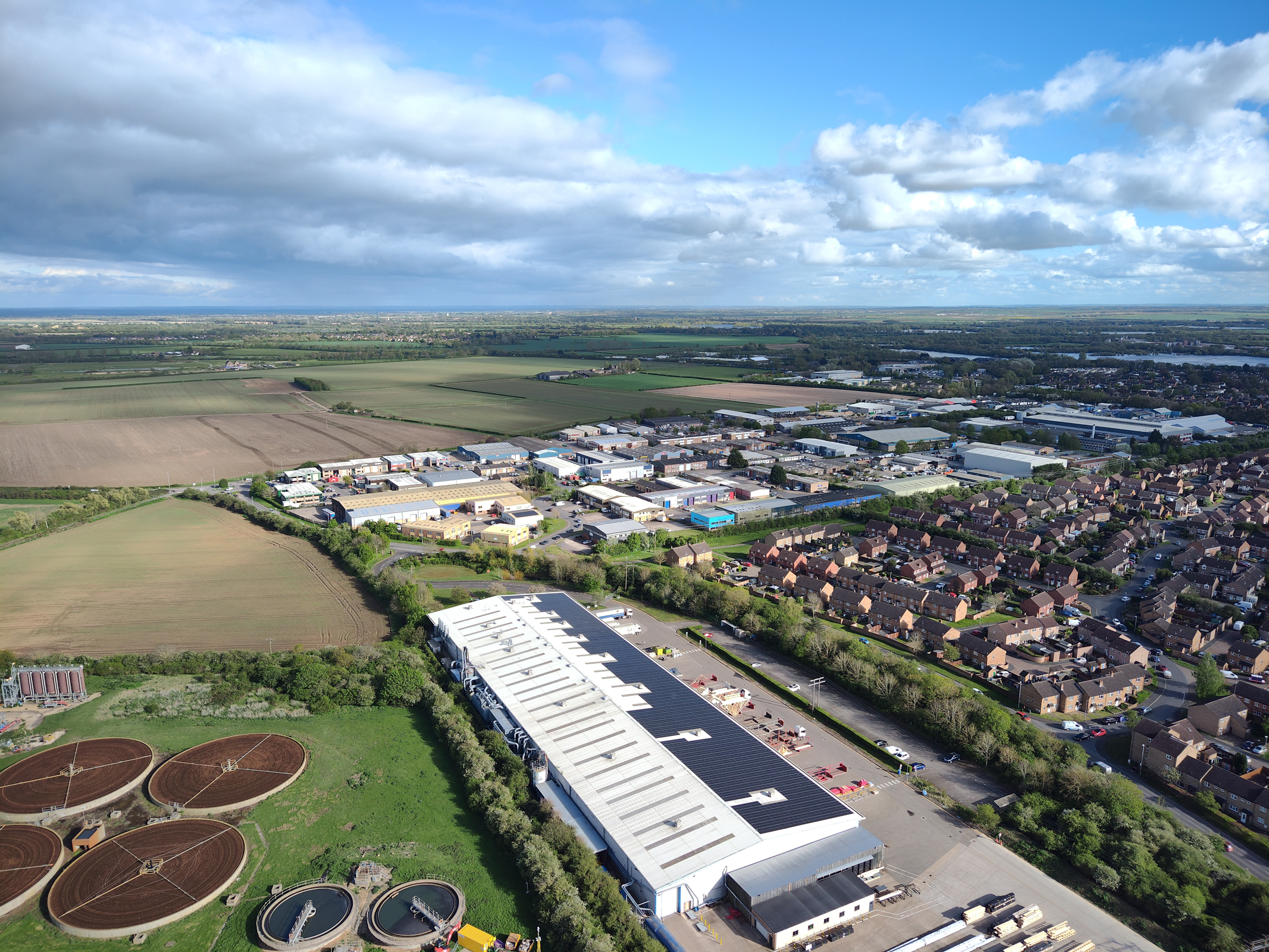
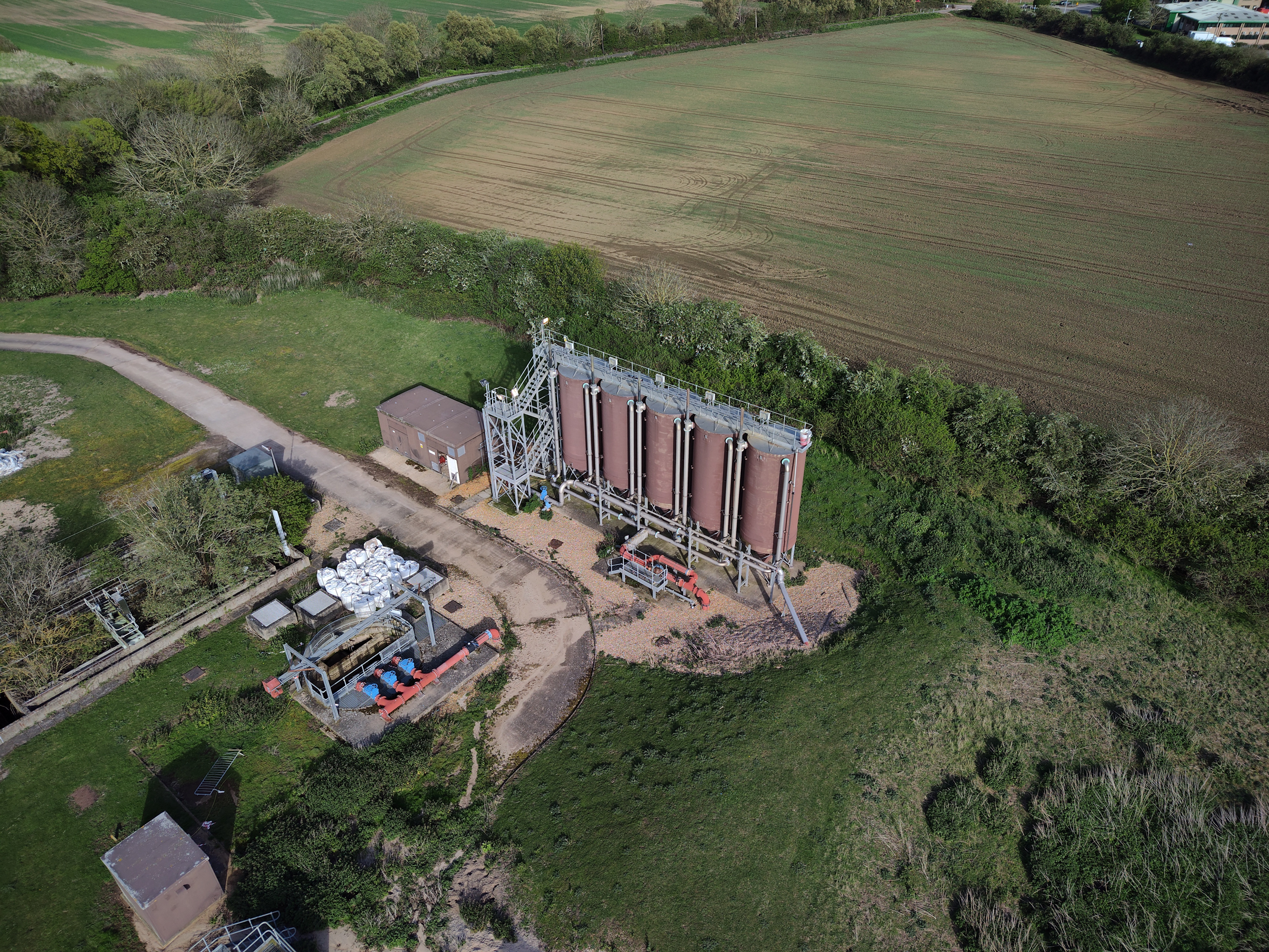
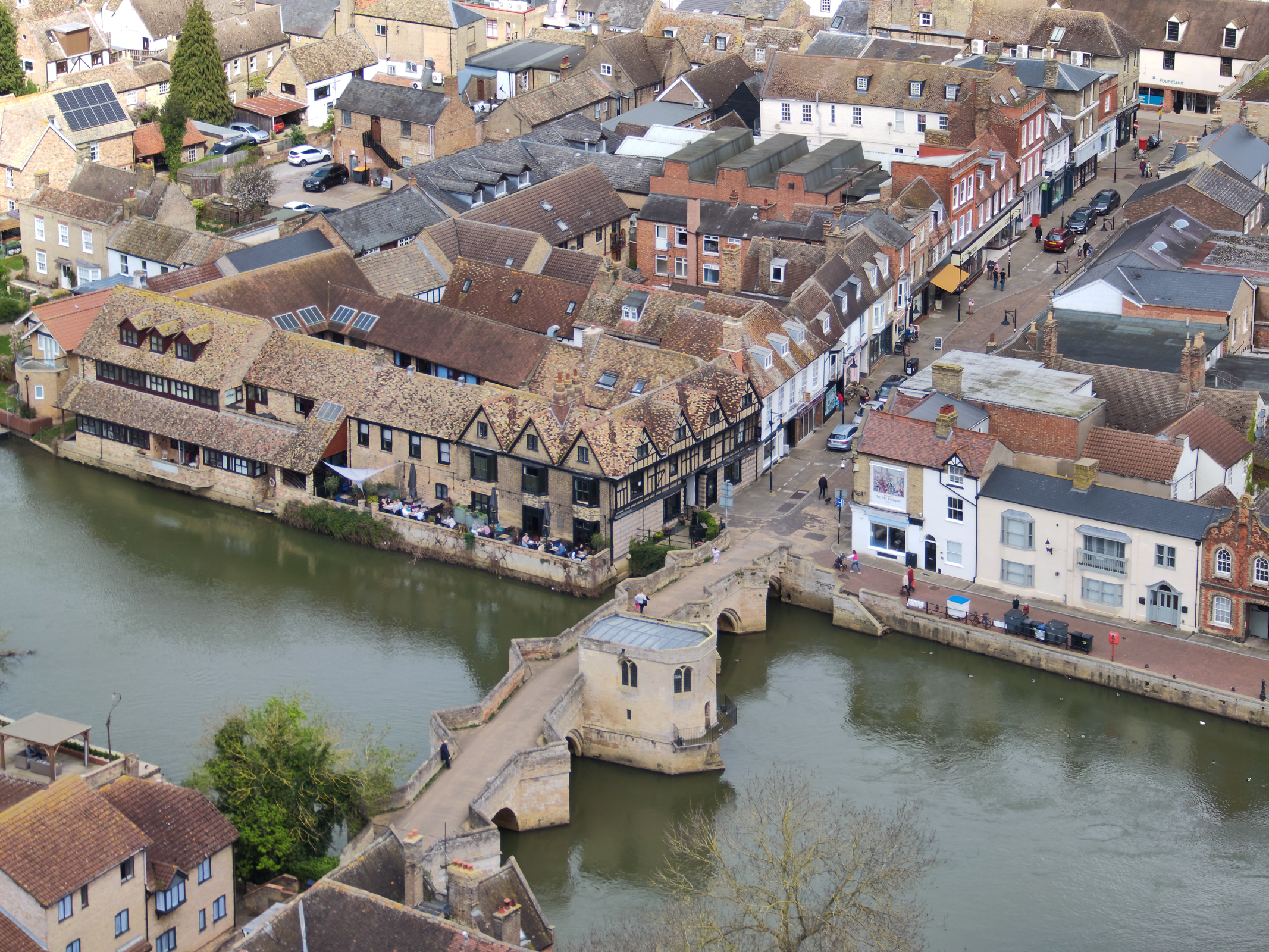


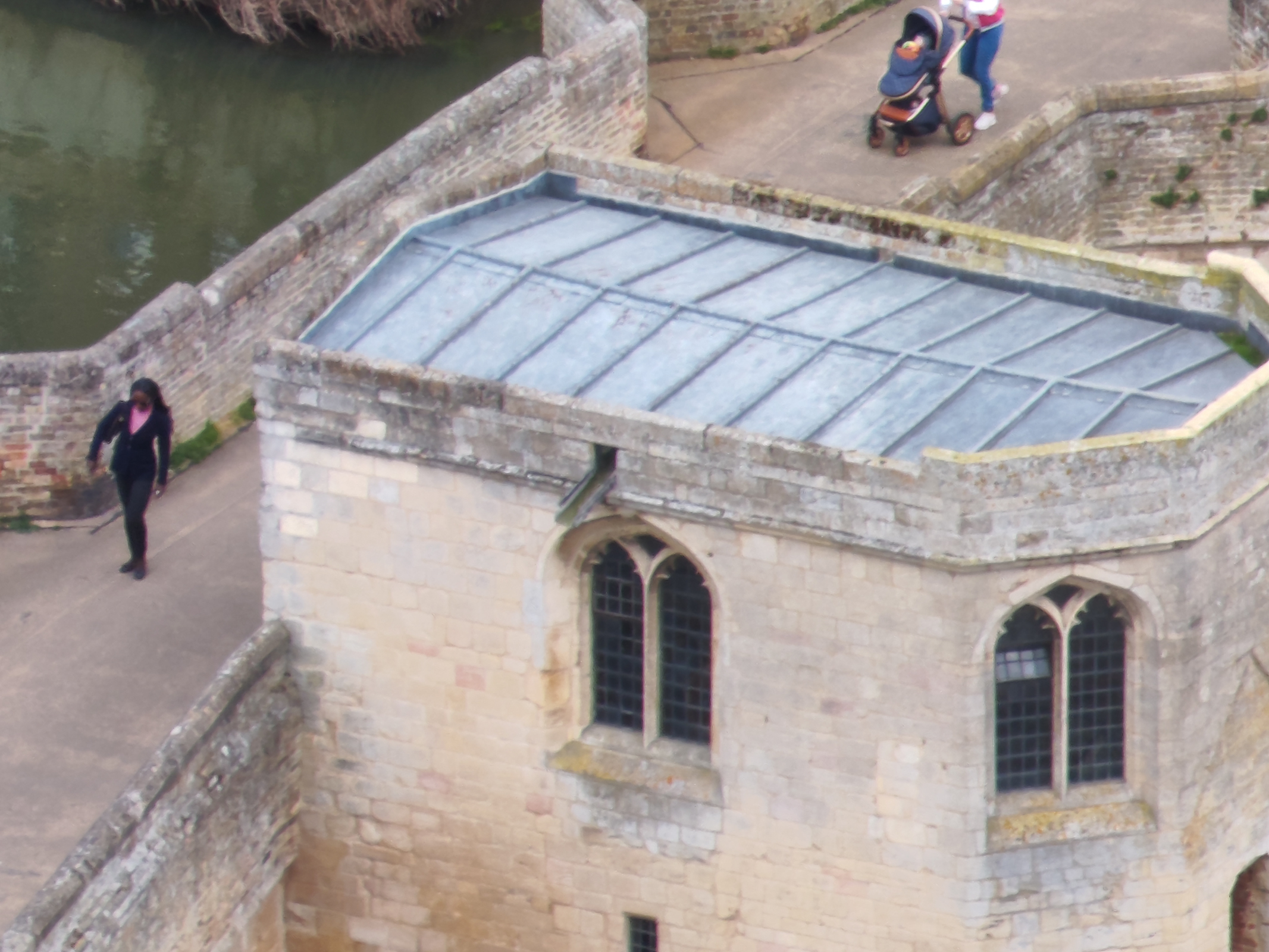
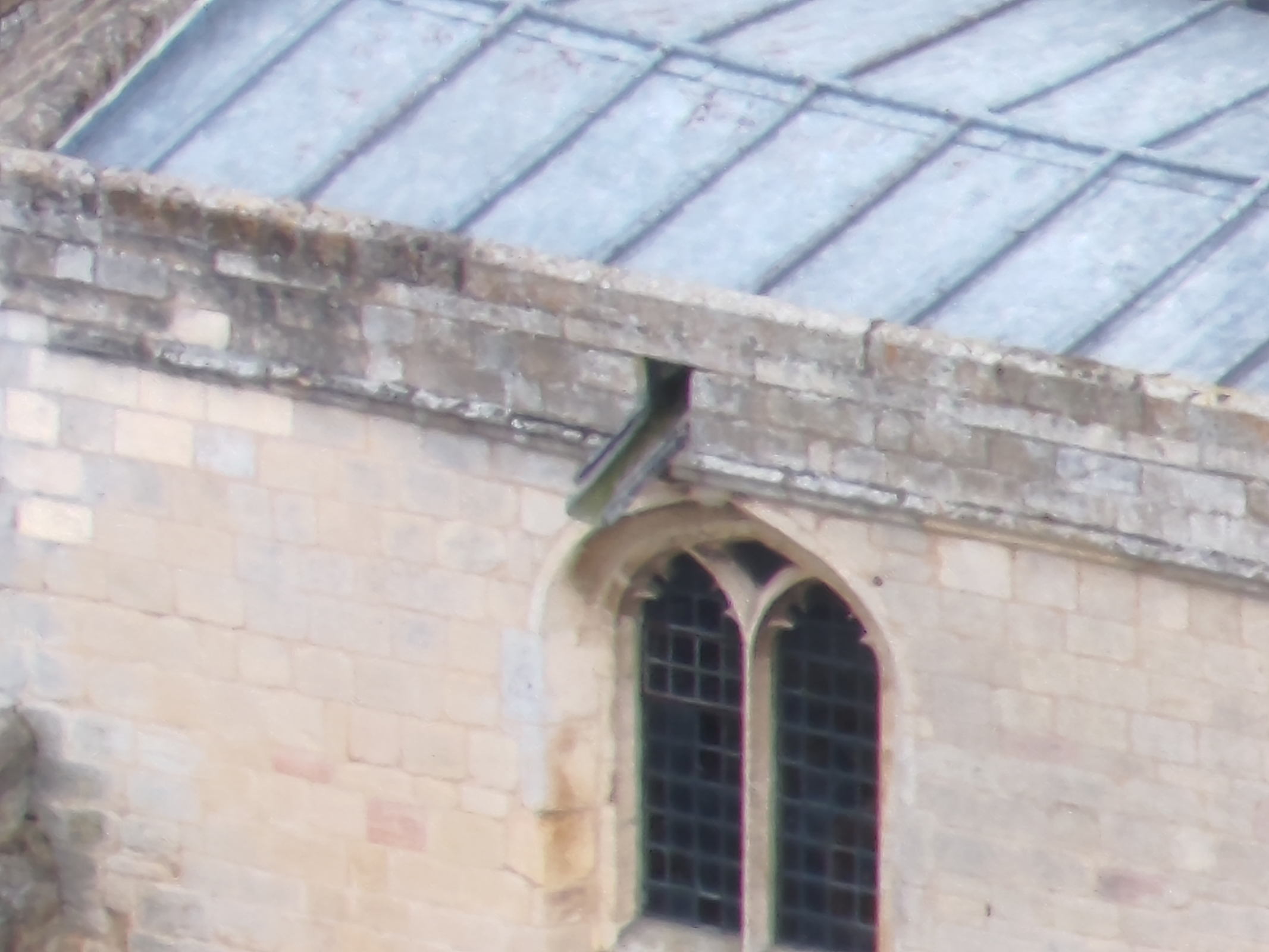
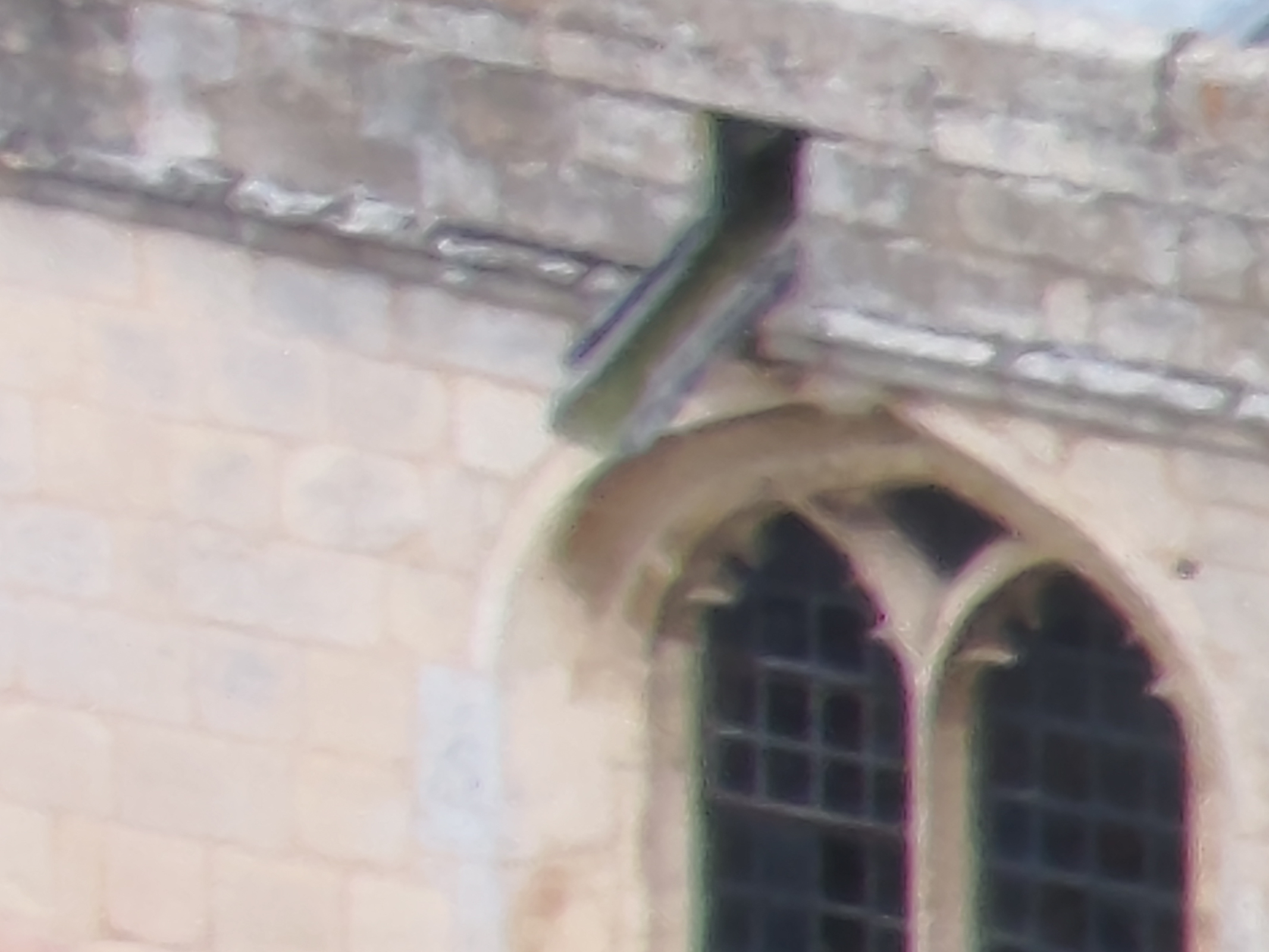
Looking more closely at the three cameras, the wide-angle camera features a 1/1.28-inch CMOS sensor with a fixed f/1.9 aperture and an equivalent focal length of 23mm. This can capture 50MP JPEGs and 12MP Raw files or JPEGs. The zoom camera offers up to 160x zoom and uses a 1/2-inch CMOS sensor with an f/2.8-f/4.8 variable aperture. This camera can capture 48MP JPEGs and 12MP Raw files and JPEGs. An optical zoom covers up to a 10x zoom while a digital zoom takes care of the rest of the zoom range at the expense of image quality.
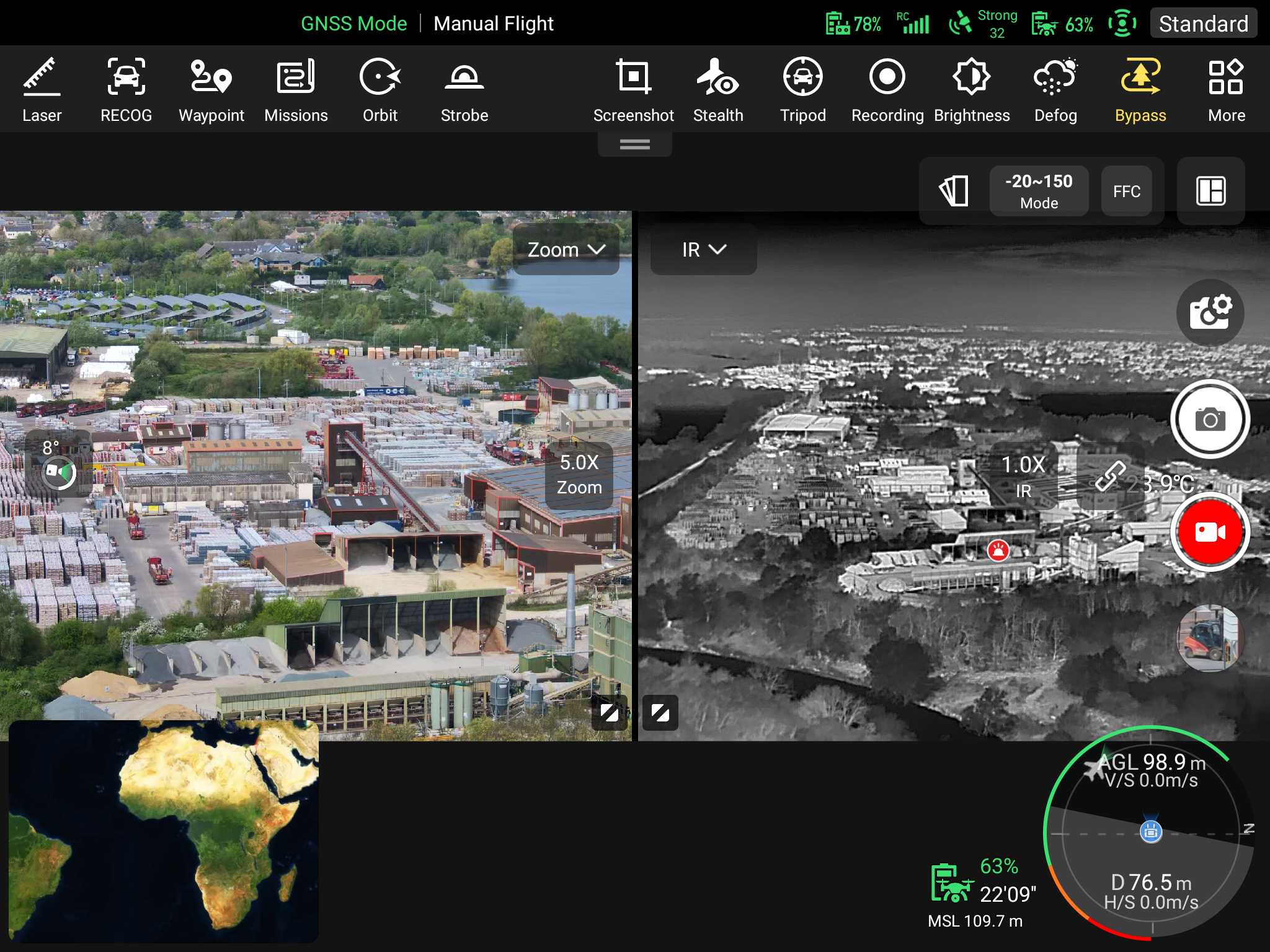
The thermal camera uses an Uncooled VOx Microbolometer thermal imager with a 13mm focal length and a 15x digital zoom. This provides a temperature measurement range of -4 °F to 1022 °F / -20°C to 150°C alongside a 640×512px resolution. The thermal camera feed can be viewed alongside the wide-angle or zoom on the controller depending on the view selected, and photos and videos are captured with both types of cameras at the same time. The Max 4T automatically switches between the wide-angle and zoom depending on the zoom factor.
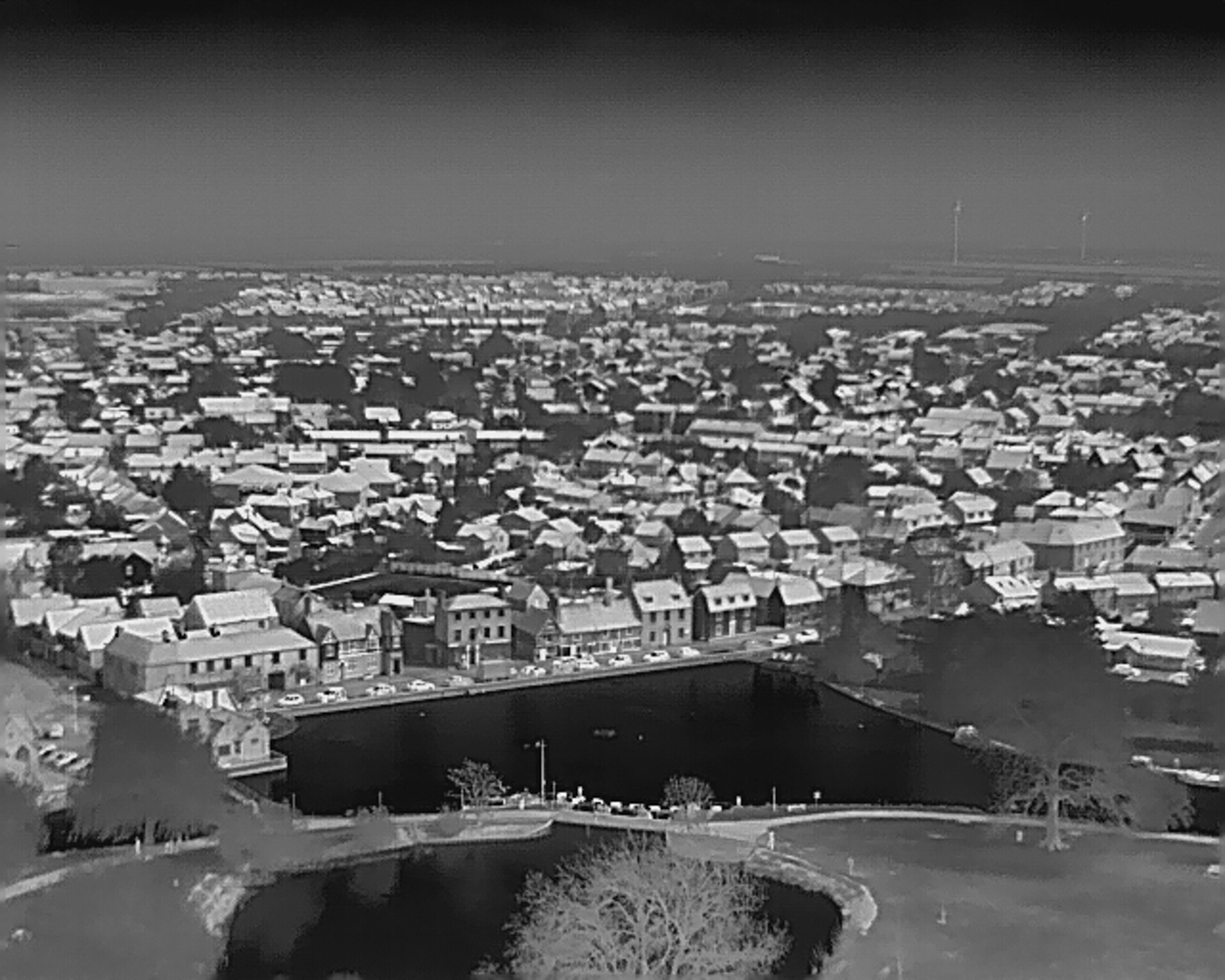
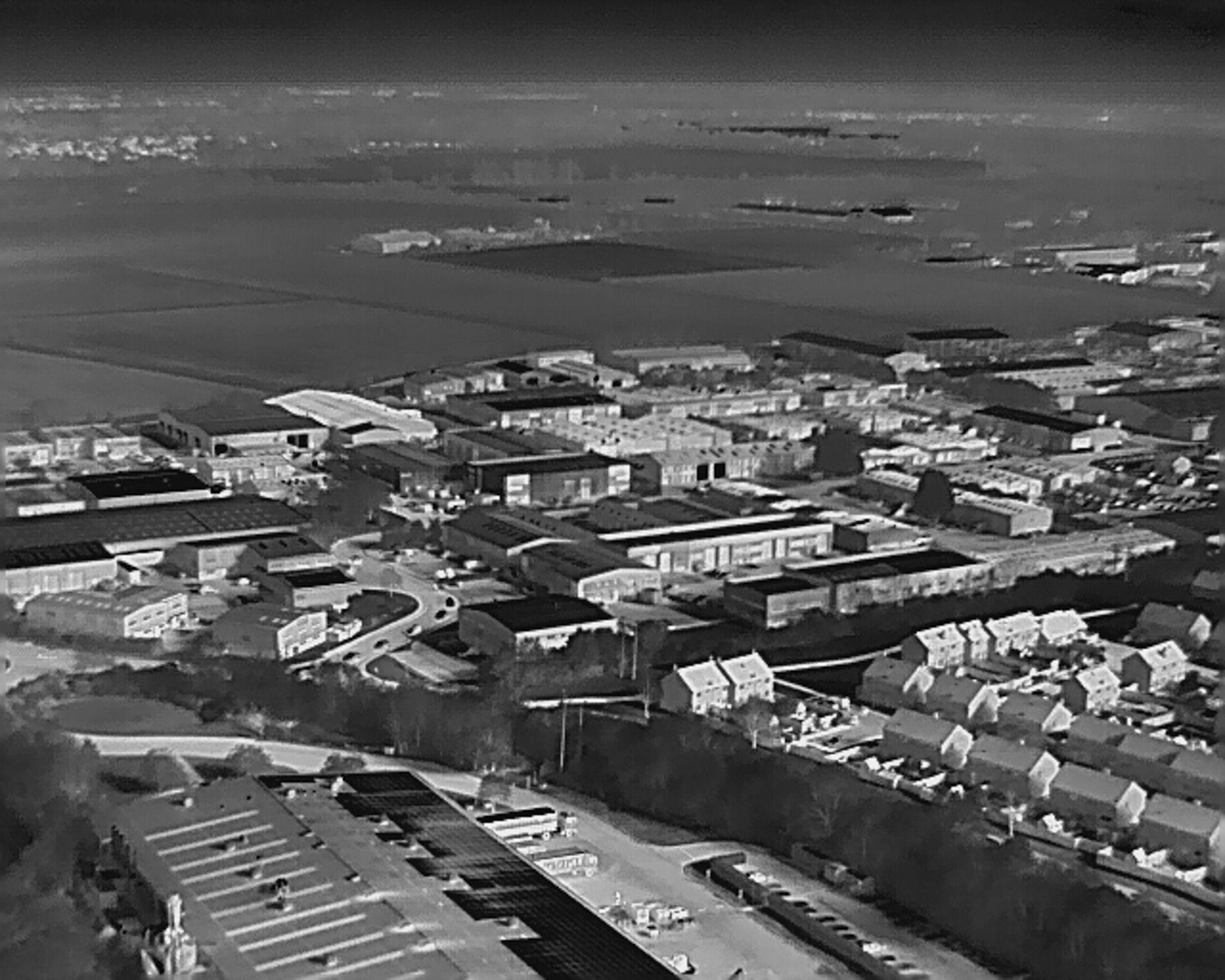
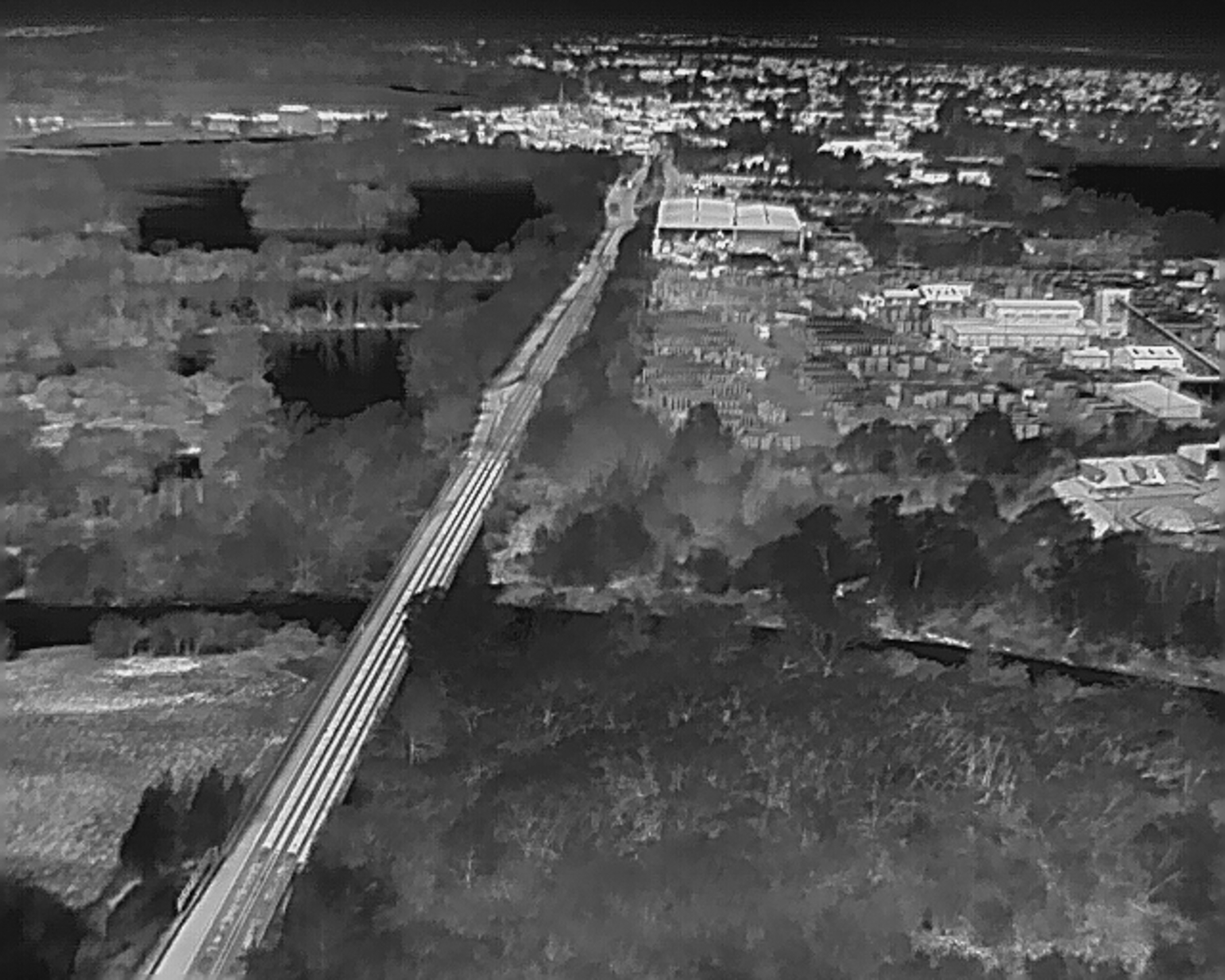
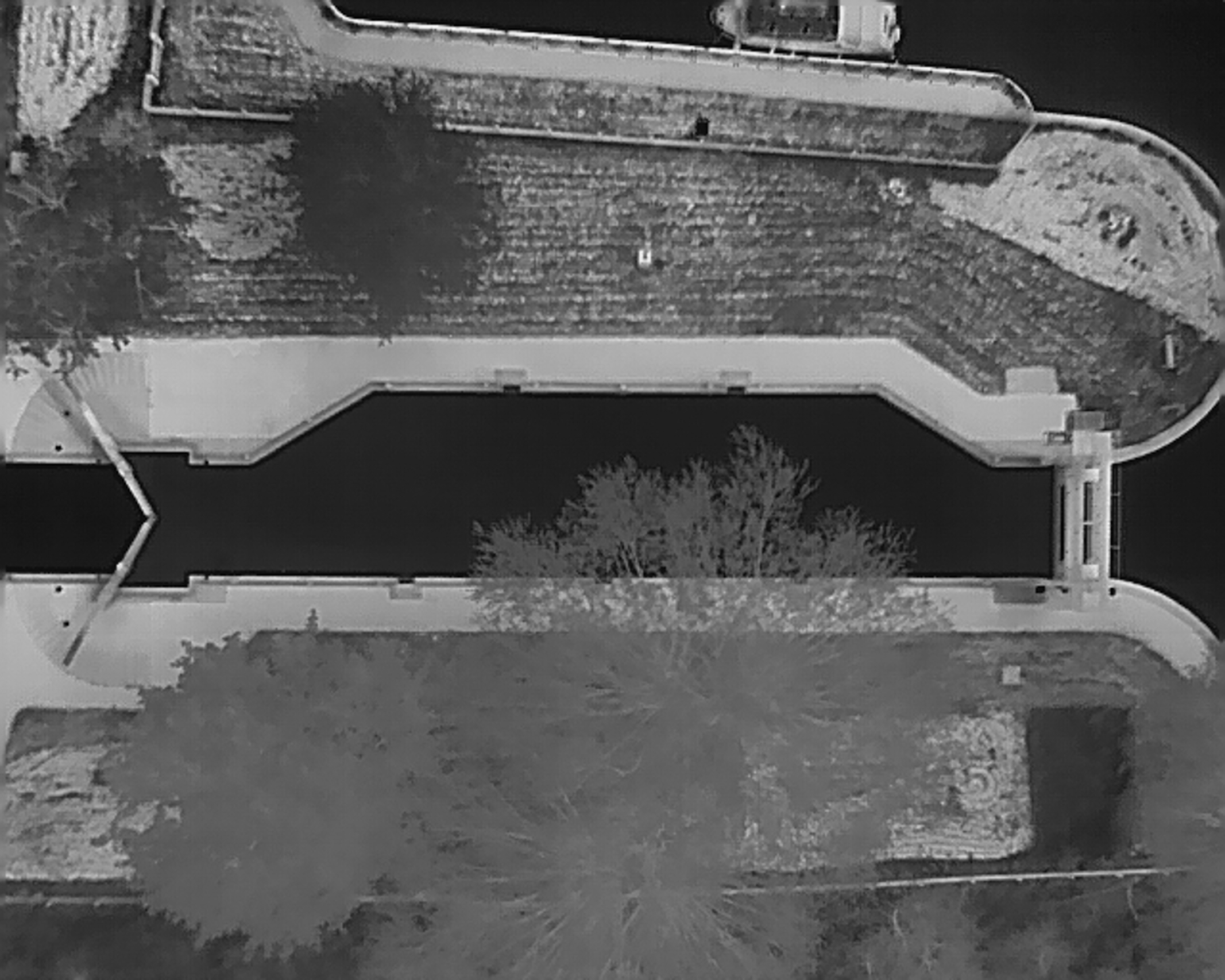
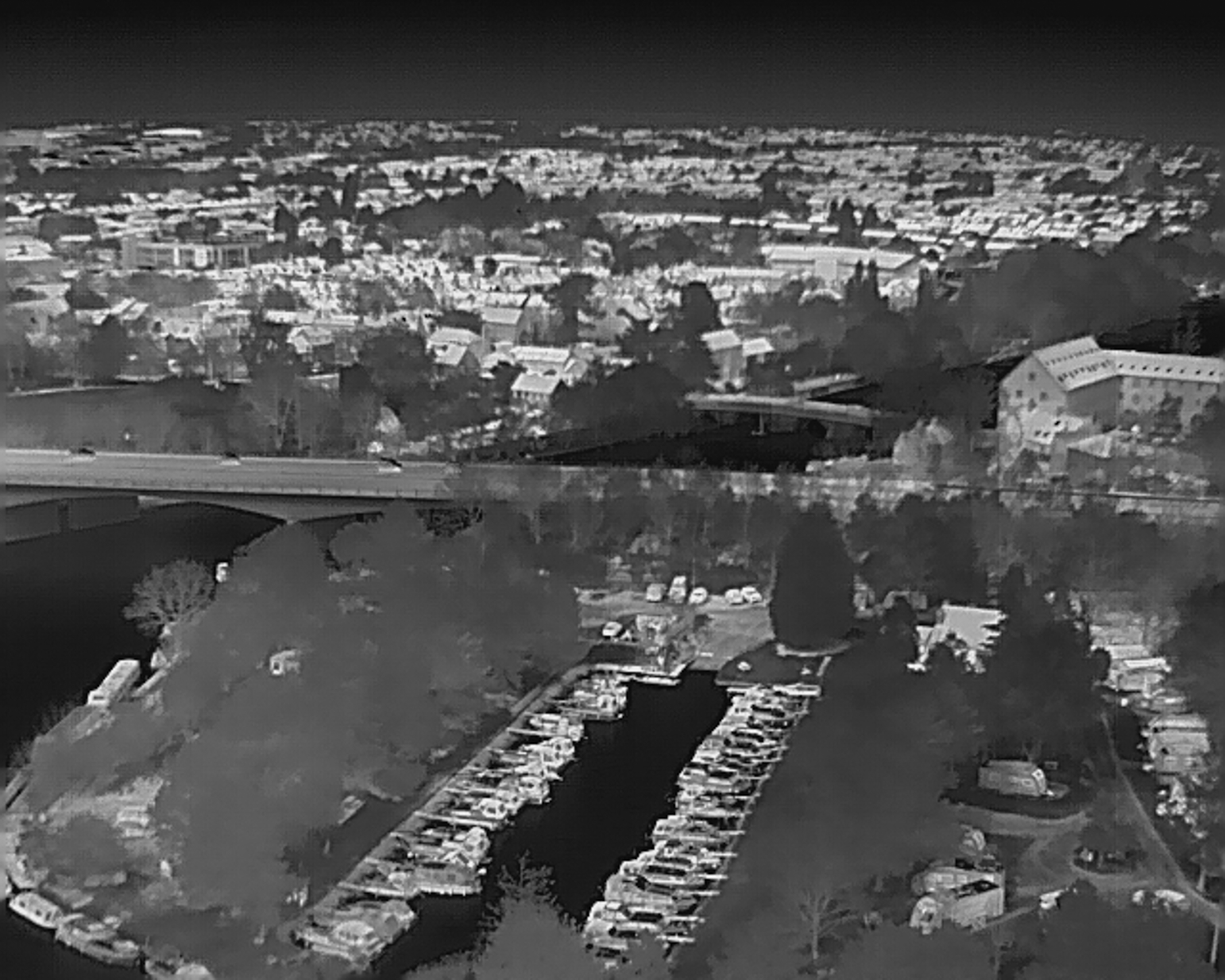
Finally, on the camera is the Laser Rangefinder, which can provide coordinates and the altitude of a defined point from 0.75 miles away. This is an incredibly useful tool for law enforcement and search & rescue and simply requires the pilot to touch the controller screen to set the point once the Laser Rangefinder has been activated. Another feature that’s not related to the Laser Rangefinder but is equally useful is object identification. This feature can identify subjects such as people and vehicles using AI algorithms, and these can then be tracked by the Max 4T in its Tripod mode.
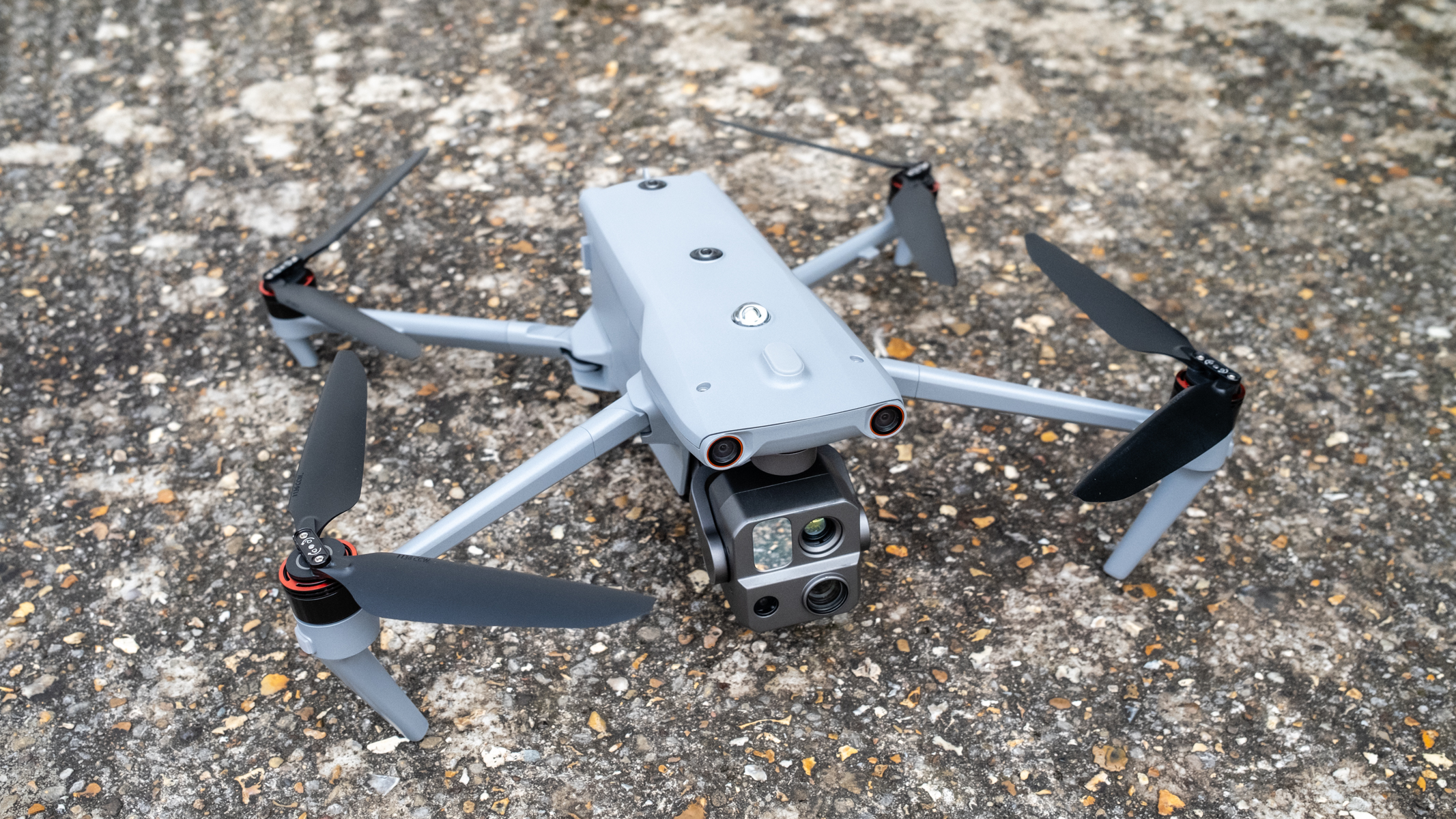
Autel EVO Max 4T: Verdict
The Autel EVO Max 4T is undoubtedly an impressive drone when viewed within the context of its intended use cases. There’s no doubt that this is an extremely compelling drone for law enforcement, search and rescue and aerial surveyors since it’s smaller and lighter than models typically used for these purposes.
With this in mind, the cost of the drone is reasonable, considering how expensive and time-consuming it is to deploy helicopters in emergencies. What’s perhaps most impressive, aside from the features available, is how easy the Max 4T is to use. Sure, it’s not intuitive, but just 30 minutes of tutorials and manual reading will get you up to speed.
Image quality from the drone is best with JPEGs rather than Raw files, which require more processing in Adobe Lightroom due to the absence of a lens correction profile for the Max 4T. But since this isn’t a drone designed for creative photo and video capture, combined with the fact that many drone pilots aren’t professional image makers, this probably isn’t an issue.







